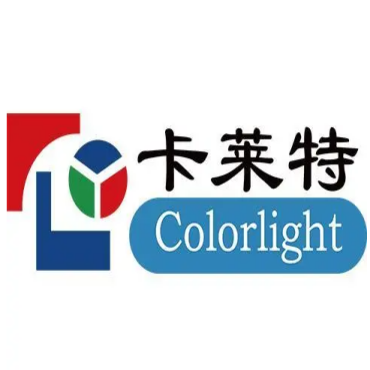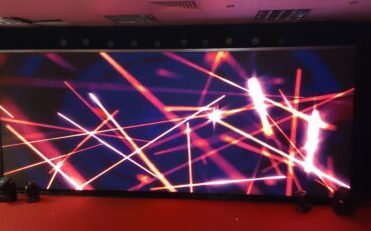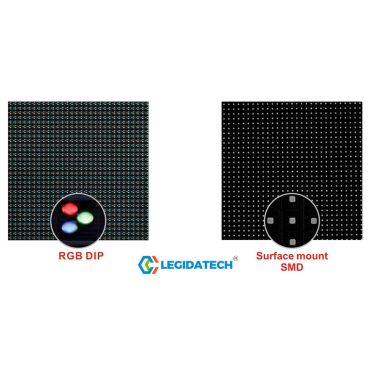1. Story between LED and Display
1.1 Backlighting.
One of the major bottlenecks with liquid crystal display technology today is that they need a backlight to work.
Not only does a backlight make a product thicker, it can also cause uneven brightness, color challenges, and other issues.
OLEDs, however, are self-luminous, which means they can create their own light. This means they can deliver perfect blacks, outstanding colors, and allow product designers to create particularly thin and good-looking devices.
However, OLEDs are made with organic compounds, and over time they start to “die”, which, combined with their current weakness in peak brightness (though compensated for by Samsung’s QD-OLED) and the risk of burning the screen, could become a problem in the long run.
The most commonly used backlights in LCDS are CCFL (cold shade fluorescent lamps) and LED (light-emitting diodes).
LED(Light Emitting Diode), that is, light emitting diode, is a semiconductor solid light-emitting device, it is the use of solid semiconductor chip as a light-emitting material, when both ends of the forward voltage, the semiconductor carrier composite caused by photon emission and light.
LED can directly emit red, yellow, blue, green, cyan, orange, purple, white light.
CCFL cold shade fluorescent lamp is a kind of lighting source. Because the CCFL lamp has small tube, simple structure, small surface temperature rise, high surface brightness of the lamp, easy to process into various shapes (straight tube, L shape, U shape, ring, etc.).
Long service life, good color rendering, uniform light and other advantages; So it is also the current TFTLCD ( liquid crystal screen) ideal light source.
1.2 The advantages of choosing LED over other light sources
(1) High light efficiency: the spectrum is almost all concentrated in the visible light frequency, the efficiency can reach 80%-90%. The light efficiency of the incandescent lamp with similar visible light efficiency is only 10%-20%.
(2) High light quality: because there is no ultraviolet and infrared in the spectrum, there is no heat, no radiation, and it is a typical green lighting source.
(3) Small energy consumption: single power is generally 0.05-1w, through the cluster can be tailored to meet different needs, little waste.
To use it as a light source, the power consumption is only 1/8-10 of ordinary incandescent lamps under the same brightness.
(4) Long life: the standard life of luminous flux attenuation to 70% is 100,000 hours.
(5) Reliable and durable: no tungsten wire, glass shell and other easily damaged parts, abnormal scrap rate is very small, maintenance costs are very low.
(6) Flexible application: small size, can be flat package, easy to develop into thin and short products.
(7) Safety: the unit working voltage is roughly between 1.5-5v, and the working current is between 20-70mA.
(8) Green environmental protection: the waste can be recycled, there is no pollution, and it does not contain mercury like fluorescent lamps.
(9) Short response time: adapt to frequent switching and high-frequency operation occasions.
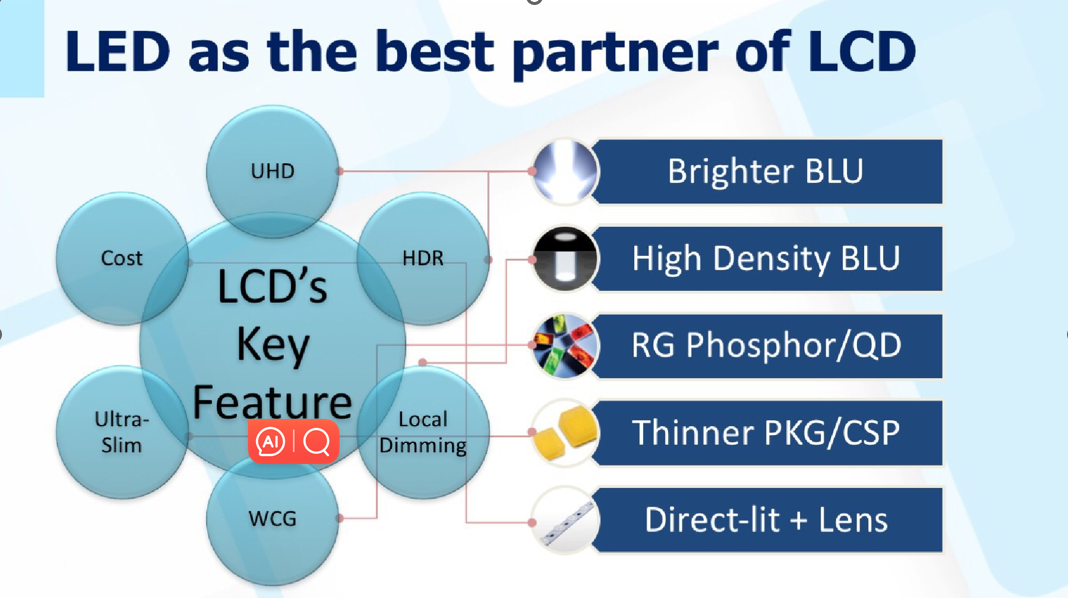
The Chinese market is booming, and manufacturers have seized the domestic market and set up production bases in China.
According to the “Opinions on the development of semiconductor lighting energy-saving industry” issued by the state to 2015, the output value of semiconductor lighting energy-saving industry has an average annual growth of about 30%;
The market share of functional lighting has reached about 20%, the LCD backlight has reached more than 50%, and the landscape decoration has reached more than 70%.
The national industrial policy will promote the rapid growth of product demand

2. What is Micro LED?
Micro LED is a new type of display technology that uses a tiny light-emitting diode (LED) as a display unit, with advantages such as high brightness, high contrast and high color saturation.
This paper will introduce the working principle of Micro LED and its application prospect in the field of display.
The working principle of the Micro LED is based on the light-emitting mechanism of the LED.
An LED is a semiconductor device capable of converting electrical energy into light energy by exciting electrons in the semiconductor material with an electric current, causing them to jump to a lower energy level, thereby releasing photons.
Compared with traditional leds, Micro leds have smaller light-emitting units, usually only tens to hundreds of microns in size, so they can achieve higher pixel density and more delicate display effects.
MicroLED is literally a tiny LED, which is a display pixel array display composed of a LED chip below 50 microns and an active drive array, which is the miniaturization and array of traditional LED.
In simple terms, Micro LED is to weld all the microLED to the liquid crystal substrate
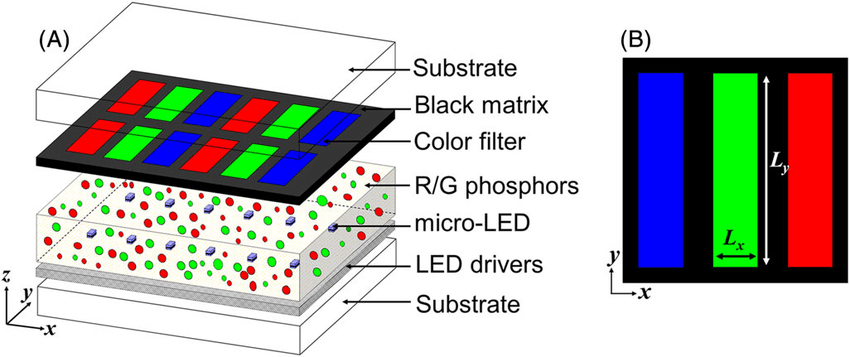 In a Micro LED display, each Micro LED pixel is composed of a tiny LED.
In a Micro LED display, each Micro LED pixel is composed of a tiny LED.
These Micro LED pixels can be controlled independently, enabling pixel-level brightness adjustment for higher contrast and more accurate color representation.
In addition, due to the high brightness characteristics of the Micro LED itself, higher brightness output can be achieved, which is suitable for outdoor display and application scenarios such as VR/AR.
The production process of a Micro LED display includes steps such as chip preparation, packaging and drive circuit.
First of all, the Micro LED chip needs to be prepared into a tiny LED chip, usually prepared by semiconductor process.
Then, these Micro LED chips are packaged on the substrate of the display screen to form a tiny display unit.
Finally, the brightness and color of each Micro LED are controlled by the driving circuit to achieve the display effect.
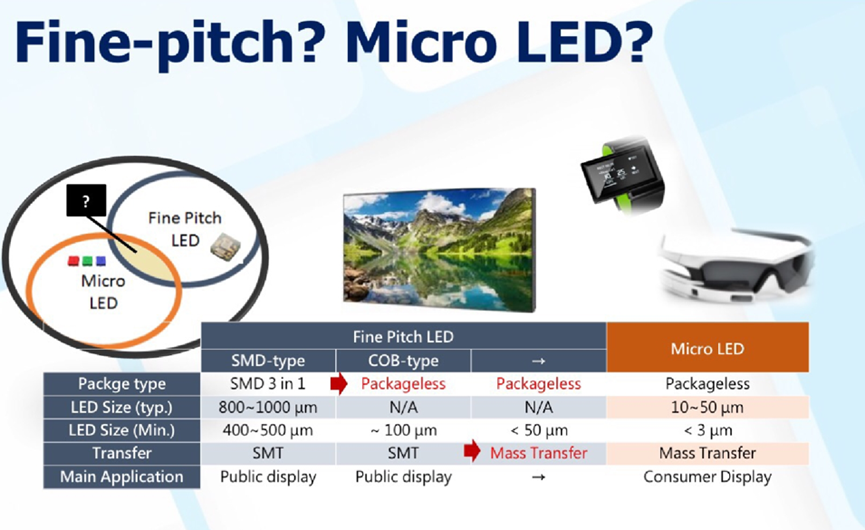
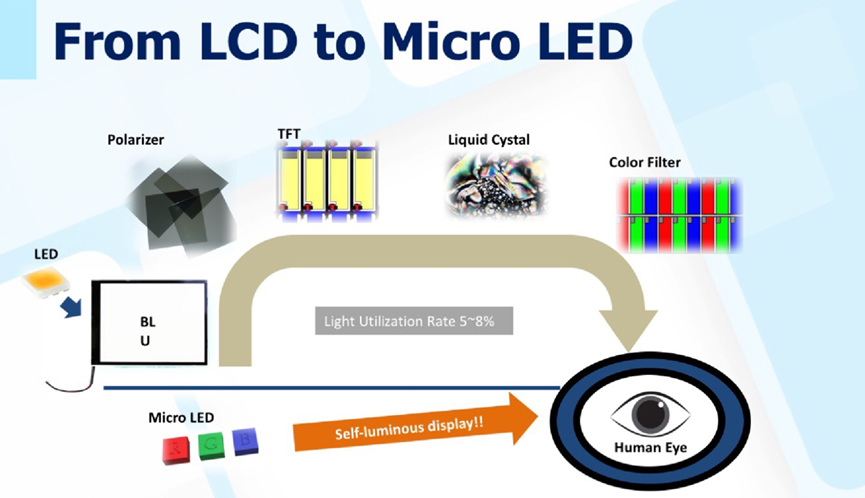
3.Why is Micro LED difficult?
Micro LED, as the next generation display technology alongside OLED and QLED, has broad market prospects.
It can be widely used in various display fields from small screen to large screen, and shows better performance than LCD and OLED display.
For now, production feasibility and economic cost limit its range of applications.
But in the long run, with the breakthrough of key technologies, Micro LED or will fully enter the display field.
MicroLED is a new type of display technology with extremely high pixel density, color saturation and contrast, which is widely used in VR glasses, smart watches, large-screen TVS and other fields.
The manufacturing process of MicroLED requires a series of complex process flow, the following we will introduce the production process of MicroLED from many aspects.
1.1 Basic process:
MicroLED technology is developed on the basis of wafer manufacturing technology, therefore, the first need to produce the basic material of MicroLED – micron LED particles. This process is generally carried out by semiconductor chip manufacturing process, including crystal growth, material preparation, wafer cutting and other steps.
1.2 Surface treatment:
After the manufacture of MicroLED particles, surface treatment is required. This step requires chemical corrosion and chemical vapor deposition technology to improve the electrical properties and durability of the particles, while reducing the reflection when emitting light.
1.3 Picking and sorting:
The manufacture of MicroLED screen requires a large number of MicroLED particles, so it is necessary to pick, screen, sorting and other steps, so as to find the most uniform particles and the most bright particles for production.
1.4 Packaging backplane:
After the production of MicroLED particles is completed, it is necessary to package them into the backplane, this process is mainly the use of coating or printing technology to add ink and chemicals to ensure that the particles are attached to the backplane.
1.5 Circuit copper wire fixing:
MicroLED lattice packaging needs to use metal wires, so it is necessary to add metal wires on the MicroLED backplane to connect adjacent particles, so as to complete the circuit splicing and connectivity of the entire panel.
1.6 Headlight board processing:
after the MicroLED display panel is completed, it is necessary to carry out headlight board processing. This step requires the use of aluminum, glass and other materials for cutting, pressing, punching and other processes to make the headlight board, and add light transmitting materials and filters in it.
So as to achieve the purpose of suppressing the influence of light lag and increasing brightness.
1.7 Packaging:
MicroLED display panel the last step is packaging, usually using wafer binding packaging and microbus packaging two technologies, you can also use injection molding technology, injection molding technology and other processes to package.
And finally the display components installed on the equipment to complete the entire MicroLED product production process.
In summary, MicroLED as a new generation of high-value display technology, from the point of view of production and manufacturing, its process is quite complex, the need for high-precision manufacturing process and advanced equipment support.
With the continuous development and maturity of technology, MicroLED will become an important part of the future electronics industry.
Other reason:
In the development process of Micro LED, there are still many technical challenges such as chip preparation, good product sorting, huge transfer, package heat dissipation, integrated drive, etc.
The above technical difficulties not only raise the production cost of Micro LED, but also hinder the emergence and application of commercial products.
Taking large transfer as an example, the industrial process is extremely demanding for the transfer process, the transfer yield is required to reach 99.9999%.
The accuracy is required to reach 0.5μm, and the current MicroLED large transfer process accuracy is only about 30μm, and there is still a certain distance from the industrialization requirements.
Taking into account the improvement of the process, such as improving the chip preparation yield, increasing the transfer speed, expanding production capacity and reducing costs and other time processes.
It is generally believed that Micro LED products officially enter the market still need 3 to 5 years.
4.What about the Cost?
Micro LEDs have been hailed as the display technology of the future, integrating the benefits of LCDS and OLEDs while avoiding their drawbacks.
However, the current high cost of Micro LED leads to its popularity still facing some difficulties. According to the latest research report released by Omedia, the current cost of a 10-14 inch Micro LED display panel is estimated to be $6,000 to $10,000 (about 43,080 yuan to 71,800 yuan).
The report points out that the business opportunities of Micro LED display panels are mainly concentrated in some applications that can accept high-end and high-priced Micro LED display panels, such as smart watches, automobiles, laptops, near-eye display panels, televisions, and special theater display panels or digital signage.
Micro LED display panel manufacturers, especially AU Optronics, Innolux is are hopeful for the future development of the 10-14 inch Micro LED display panel due to its special display performance characteristics and transformability, and its high acceptance in the high-end automotive and laptop sectors.
According to Omdia’s estimates, the total manufacturing cost of a 10.1-inch Micro LED display panel is about $5,800, with a rough estimate of $8,000 for a 12.1-inch display panel and $10,000 for a 14.6-inch display panel.
These figures are for manufacturing costs, not the panel manufacturers’ quotes. Micro LED display panel manufacturers may add a 10-20% premium to their quotes to cover profits.
According to Omdia’s model, with the expansion of production scale and improved yield in 2024 and beyond, the cost of a 10.1-inch Micro LED display panel is expected to drop to $1,277 / piece by 2027.
And the cost of a 12.1-inch display panel will drop to $1,800 / piece, While the cost of a 14.6-inch display panel will drop to $2,400 per piece.
Omdia said the 2027 price is still very expensive compared to OLED, but the superior picture performance and low power consumption of Micro LED display panels could be very attractive, especially in the field of luxury cars and high-end laptops.
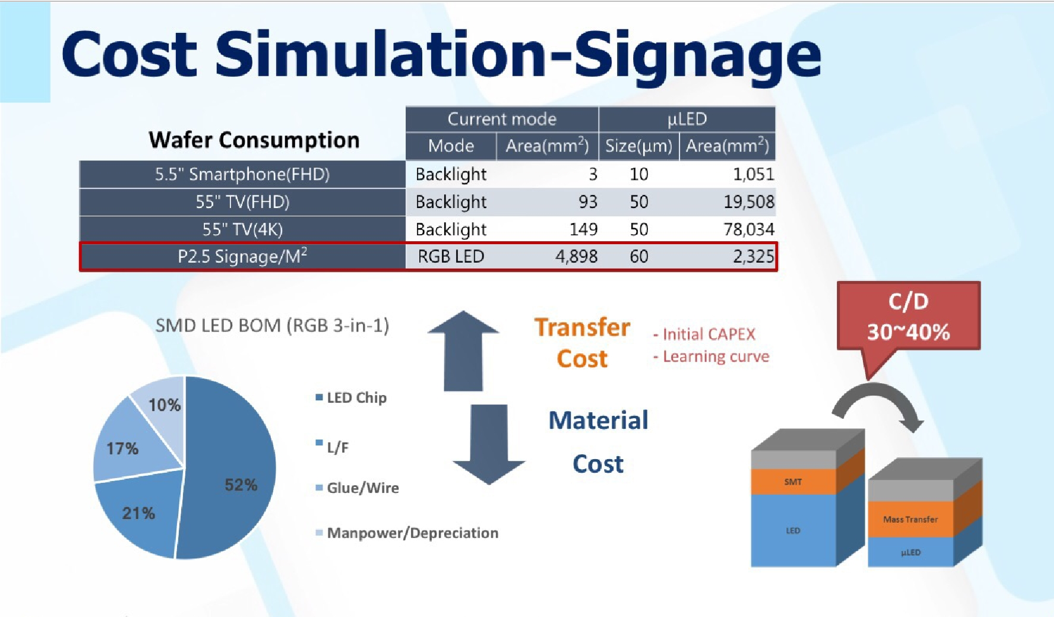
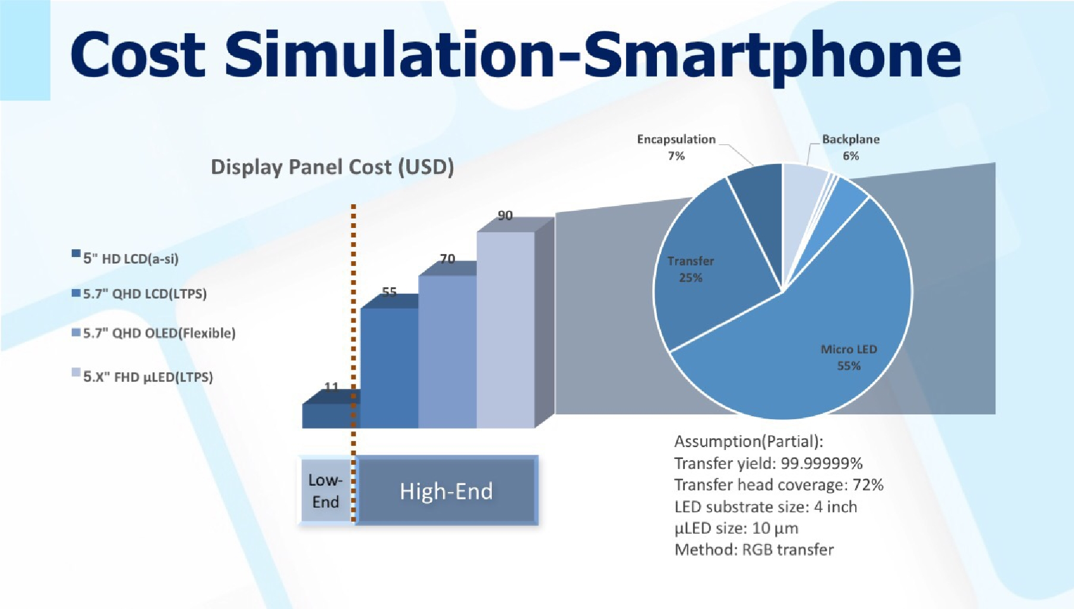
5.Why does Micro LED matter?
5.1 Advantages of MicroLED display
Micro LED technology has been known since Apple announced in 2016 that subsequent products would likely use micro LED technology.
Micro LED compared to the existing OLED technology, the advantages are particularly obvious.
First of all, its micron-level pixel pitch, so that each pixel can be individually controlled and driven, so the resolution, brightness, contrast and power consumption are no less than OLED.
Especially in the service life, because it is made of inorganic materials, the life and stability are much stronger than the organic molecules of the OLED screen, and the burning screen aging phenomenon that is prone to appear on the OLED screen is much less.
In addition, Micro LED also has a very big advantage is the ultra-high resolution, which is also due to the use of micron-level pixel spacing, due to the small, so the performance of the resolution is particularly high.
It is reported that the iPhone 6s with Retina display is 400PPI, but if it uses Micro LED display, it can easily reach 1500PPI. Like OLED, Micro LED is also self-luminous.
It greatly reduces power consumption. Compared to OLeds, colors are easier to debug accurately.
5.2 The current state of MicroLED
According to the latest data given by industry research agency Yole Developpment, the Micro LED display industry has confirmed that 125 companies and organizations have submitted nearly 1,500 patents, of which Apple has 62 patents ranking first.
At present, although Micro LED display technology has obvious advantages, it is not widely used in the market.
In fact, as early as 6 years ago at the 2012 CES, SONY exhibited 55 inch full HD Micro LED display, which was also a sensation at the time.
According to Nikkei, Apple partner Taiwan Semiconductor Manufacturing (TSMC) is developing advanced micro OLED screen technology that will be used in Apple’s rumored AR glasses, Apple Glass.
Currently, TSMC’s micro OLED screen technology is in trial production, which means it is still several years away from mass production suitable for consumer-grade products.
Subsequently, industry giants including Apple and Samsung have entered the Micro LED market.
At the beginning of this year, Samsung’s 146-inch Micro LED display device exhibited at CES caused a stir in the industry again.
The reason why Micro LED has not been popular, because for now, there are technical limitations.
It requires mature micro process technology and large transfer technology, not only the millimeter level of the LED chip micro shrink to only 1% of the original size, but also the high-density, array, thin-film LED crystal transfer to the drive panel.
In addition, Micro LED due to poor wavelength consistency LED color uneven, so want to make a whole piece like the size of smart phone Micro LED panel, the yield is very low.
In recent years, experts in Micro LED technology said that this technology can not be applied to iPhone, iPad and other products for the time being, and may first appear in products such as Apple Watch and other small screens.
6. MICRO LED application scenarios
The high resolution and high brightness characteristics of MicroLED make it an ideal choice for virtual reality and augmented reality display technology.
MicroLED can provide a more realistic and shocking virtual world, allowing users to experience virtual reality and augmented reality immersive.
In addition to the fields mentioned above, MicroLED also has potential applications in many fields such as integrated electronic equipment, medical equipment, and advertising displays.
Due to its high resolution, high brightness and high color saturation characteristics, MicroLED has the opportunity to make significant breakthroughs and applications in various fields.
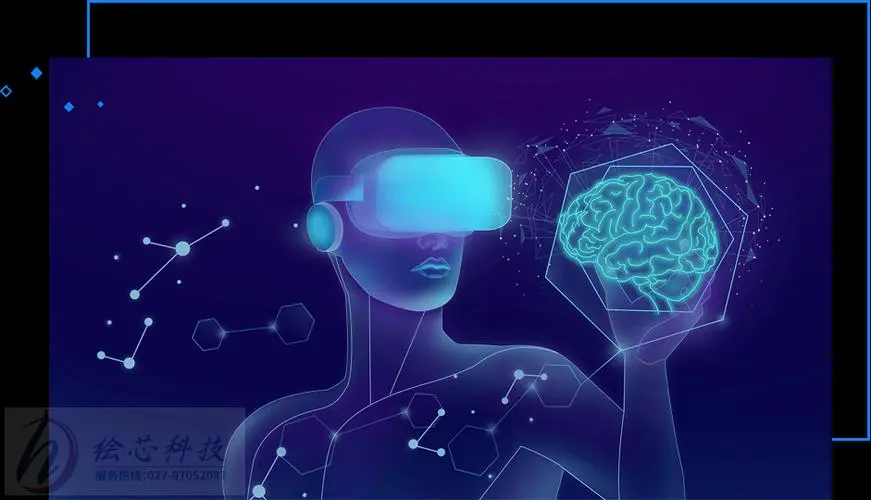
2.What are the benefits of MicroLED options?



